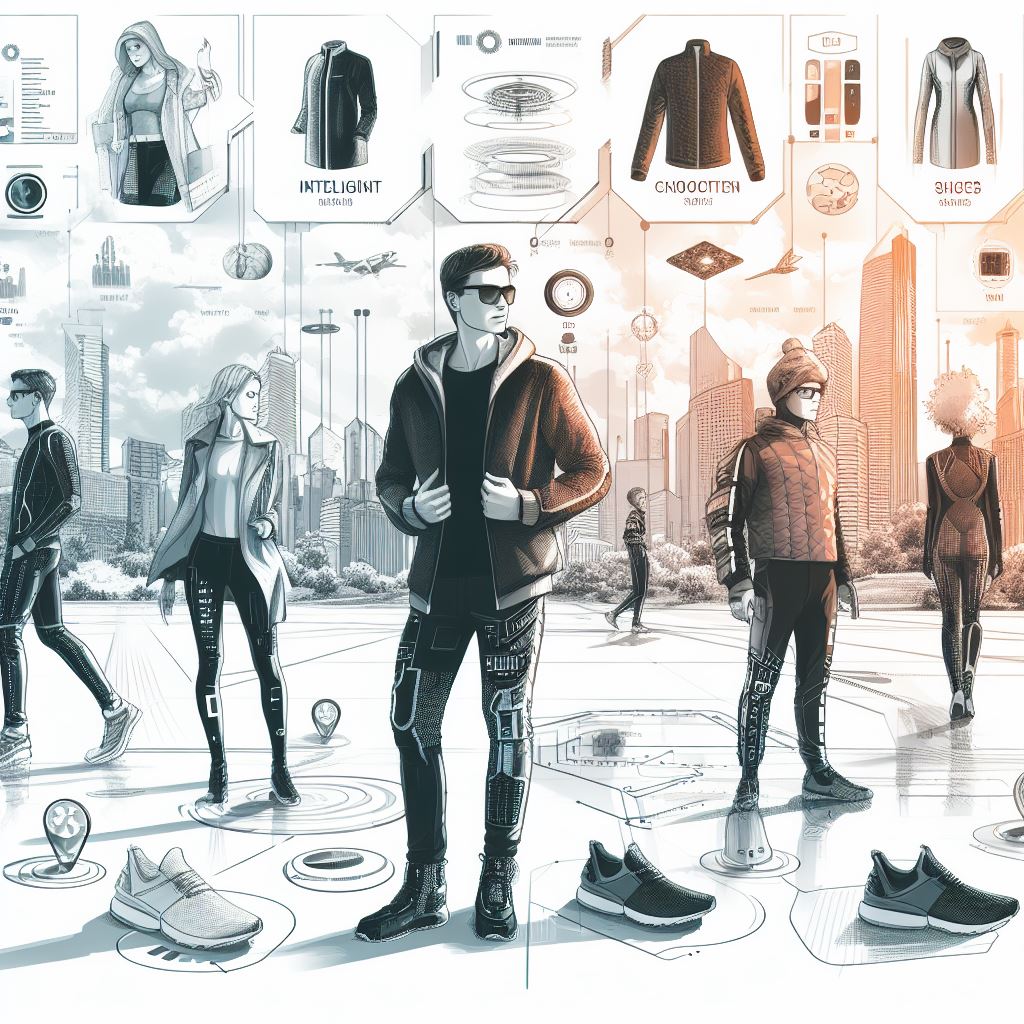
Smart Fashion: Exploring Wearable Tech Beyond Timepieces
In the ever-evolving nexus of fashion and technology, a revolution is underway. Gone are the days where technology's footprint in fashion was restricted to wrist gadgets. Welcome to the era of smart fashion - where your attire does more than just make a statement. Dive into the world of smart fashion, exploring the innovations beyond smartwatches. Discover how tech merges with style for the future of wearables.
The Rise of Wearable Tech
Before we delve deeper into the intricacies of smart fashion, it's crucial to understand the wearable tech industry's landscape. Initially dominated by smartwatches, wearable technology is now finding its foothold in our everyday clothing. This transition from smartwatches to a broader domain of smart fashion reflects a seismic shift in how we perceive and integrate technology into our daily lives.
Evolution: From Time-Keeping to Trend-Setting
The journey from smartwatches to intelligent clothing has been a fascinating one. Initially, watches were the perfect accessories to integrate tech due to their ubiquity and ease of use. However, as technology miniaturized and fashion demanded innovation, the stage was set for a broader integration.
One might wonder, "Why the move beyond watches?" The answer lies in versatility and the potential for personalization. Imagine a jacket that adjusts its temperature based on the weather or shoes that can track your steps and posture. The possibilities are endless.
Pioneers of Smart Fashion
Several key players and innovators are shaping the smart fashion industry:
-
Google's Project Jacquard: A collaboration with Levi's, this endeavor led to the creation of a denim jacket that allows users to control their mobile devices using gestures.
-
Under Armour: Their smart shoes not only track your steps but offer insights into your running patterns, helping improve performance.
"Fashion and technology are no longer separate entities but are now mutual catalysts in the revolution of smart wear." - Angela Ahrendts, former Senior Vice President of Apple.
Tech Behind the Threads
Unraveling the technological components of smart fashion, we find a blend of microcontrollers, sensors, and even AI. These components are seamlessly embedded into fabrics, giving life to tech-infused fashion. From monitoring health metrics to changing color based on mood or environment, the innovations are limitless.
Advantages & Challenges
Benefits of Wearable Tech Garments:
-
Personalized Experience: Smart fashion adapts to individual preferences, offering a unique experience.
-
Health & Fitness Integration: Track your vitals, sleep patterns, and fitness metrics through your attire.
-
Environmental Adaptation: Garments that change according to the weather, ensuring optimal comfort.
However, with innovation come challenges:
-
Durability: Ensuring the longevity of tech components in daily wear and tear.
-
Sustainability: Addressing the environmental implications of integrating tech into fashion.
Consumer Pulse & Future Trends
The market has witnessed a positive response from both fashion enthusiasts and tech aficionados. As more people become tech-savvy and environmentally conscious, there's a growing demand for smart garments that align with sustainable practices.
Future predictions suggest:
-
Growth in AI-Integrated Fashion: Garments responding to voice commands or offering suggestions based on user behavior.
-
Sustainable Smart Fashion: A merge of tech accessories and eco-friendly materials, reducing the environmental footprint.
Case Studies: Success Stories
Nike Adapt BB: A shoe that self-laces and adjusts fit based on user activity, ensuring optimal comfort and performance.
Loomia: A textile company specializing in smart fabrics, Loomia's innovations include fabrics that light up, heat, and sense, transforming the way we view everyday wear.
Environmental Impacts
The integration of technology in everyday clothing, while promising, raises concerns about sustainability. The potential waste generated from outdated or non-functional tech components in clothing needs addressing. Brands are now focusing on creating recyclable tech components and using sustainable fabrics, championing the cause of connected clothing with a conscience.
Conclusion
The fusion of fashion with technology presents a realm filled with possibilities. As we stand at this intersection, one thing is clear - smart fashion is not just a trend; it's the future. With innovations in smart clothing on the rise, the future of intelligent fashion accessories looks bright, promising a world where our attire aligns perfectly with our tech-infused lives.
Note: For an exhaustive understanding, readers are encouraged to delve into industry reports from McKinsey & Company, articles from Wired, Vogue, TechCrunch, and academic journals on wearable technology.
Lifestyle and Health




